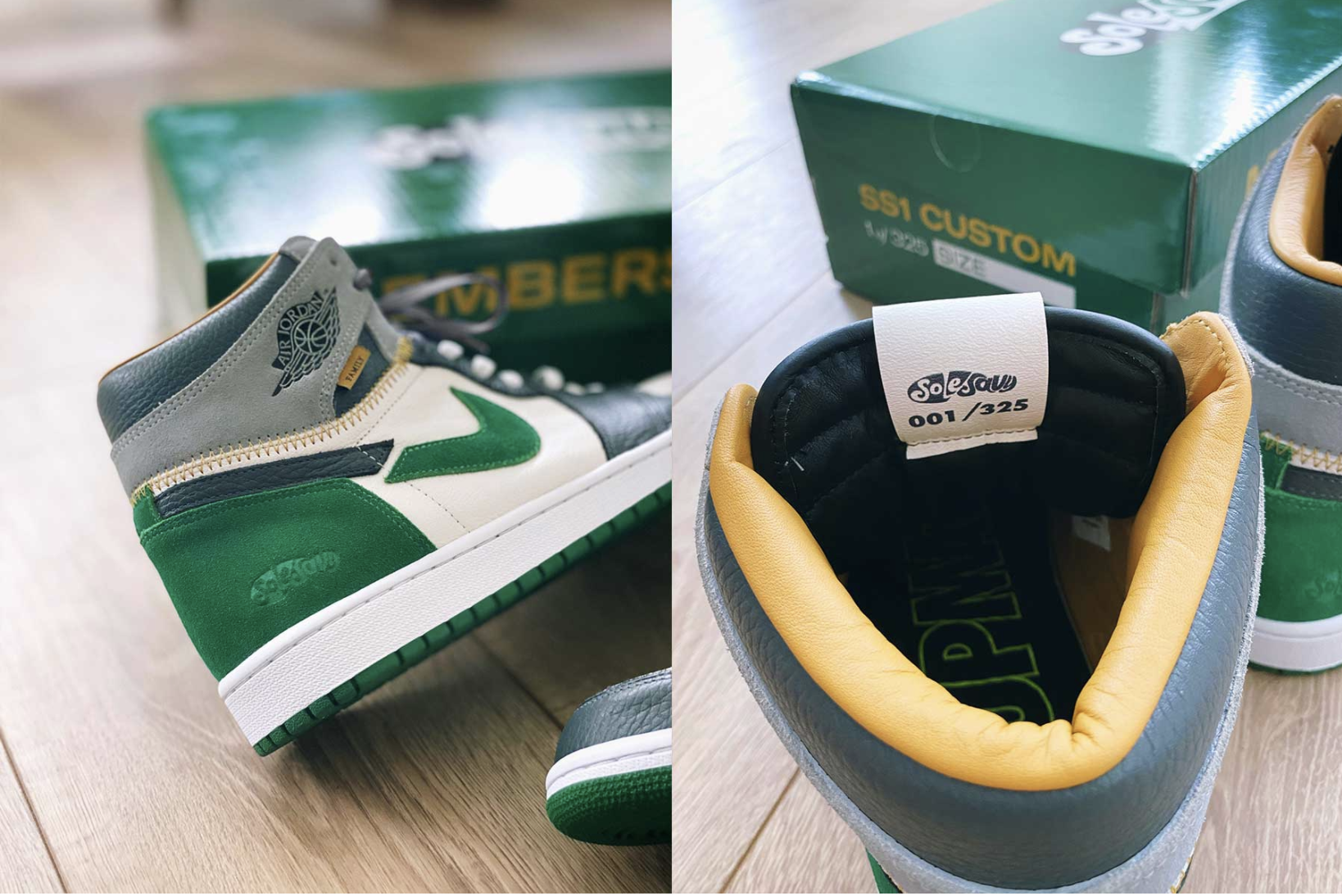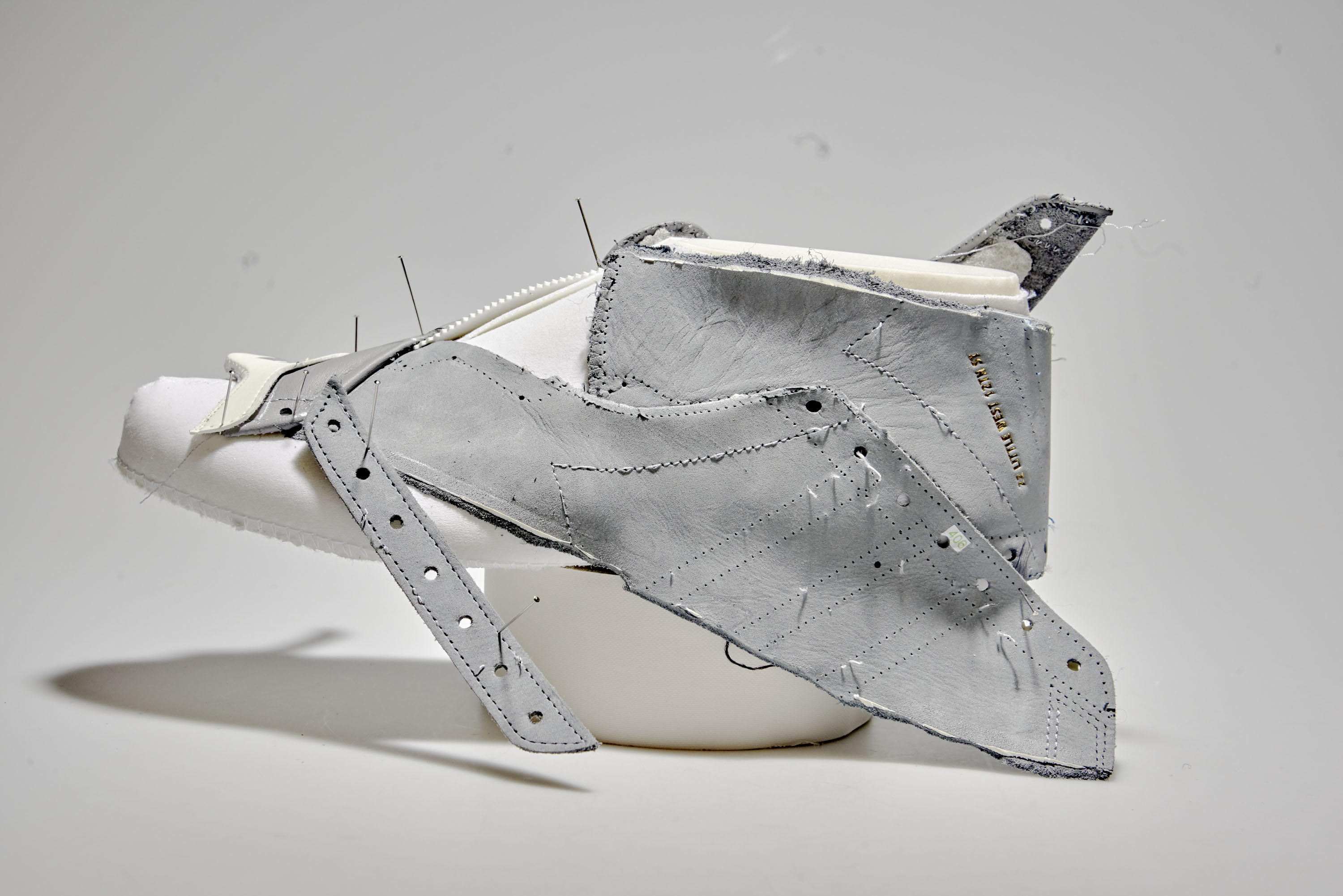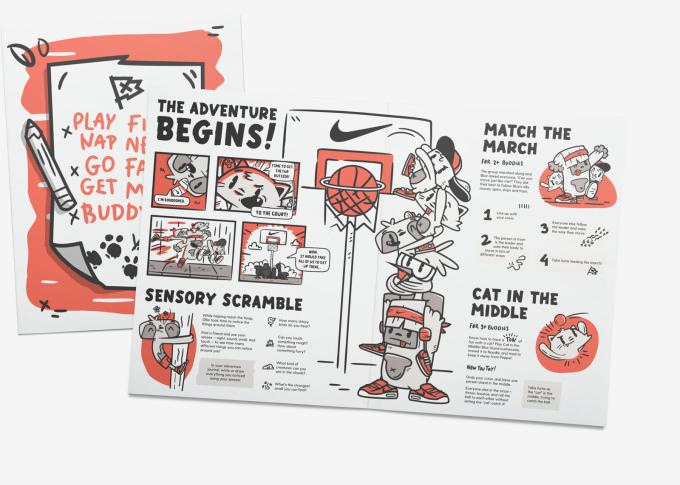The sustainability focused shoe maker Allbirds has taken another step to green its supply chain with a small $2 million investment in a new company called Natural Fiber Welding.
Announced this morning, the investment in Natural Fiber Welding will see Allbirds bring a vegan leather replacement option to customers by December 2021. It’s a natural addition for a company that has always billed itself as focused on environmental impact in other aspects of its apparel manufacturing.
Allbirds these days is far more than a shoe company and Natural Fiber Weldings suite of products that include both a purportedly tougher cotton fiber made using the company’s proprietary processing technology and a plant-based leather substitute.
Those materials could find their way into Allbirds array of socks, shoes, tshirts, underwear, sweaters, jackets, and face masks. Natural Fiber Welding already touts a relationship with Porsche on its website, so Allbirds isn’t the only company that’s warmed to the Peoria, Ill.-based startup’s new materials.
With the addition of Allbirds Natural Fiber Welding has raised roughly $15 million, according to data from Pitchbook. Other investors in the company include Central Illinois Angels, Prairie Crest Capital, Ralph Lauren Corp. and Capital V, an investment firm focused on backing vegan products.
Allbirds is far from the only clothier to make the jump to plant-based materials in the past year. The buzzy clothing company Pangaia invested $2 million into a company called Kintra which is making a bio-based polyester substitute in December.
By the far the biggest startup name in the sustainable fashion space is a company like Bolt Threads, which has inked deals with companies including Stella McCartney, Adidas, and the owner of the Balenciaga fashion house (among others).
Other startups that have raised significant capital for plant-based fabrics and materials are companies like Mycoworks, which raised $45 million last year from backers include John Legend, Natalie Portman along with more traditional investors like WTT Investment Ltd. (Taipei, Taiwan), DCVC Bio, Valor Equity Partners, Humboldt Fund, Gruss & Co., Novo Holdings, 8VC, SOSV, AgFunder, Wireframe Ventures and Tony Fadell.
With Natural Fiber Welding’s products Allbirds is boasting about a significantly reduced environmental footprint for its leather-like material. Natural Fiber Welding claims its material reduce the associated carbon footprint by 40 times and uses 17 times less carbon in its manufacturing than synthetic leather made from plastic.
The company does say that the plant leather will use natural rubber, an industry with its own history of human rights abuses, that’s also trying to clean up its act.
“For too long, fashion companies have relied on dirty synthetics and unsustainable leather, prioritizing speed and cost over the environment,” says Joey Zwillinger, co-founder and co-CEO of Allbirds, in a statement. “Natural Fiber Welding is creating scalable, sustainable antidotes to leather, and doing so with the potential for a game-changing 98% reduction in carbon emissions. Our partnership with NFW and planned introduction of Plant Leather based on their technology is an exciting step on our journey to eradicate petroleum from the fashion industry.”
TechCrunch has reached out to Allbirds for additional comment, but had not received a reply at the time of publication.



 We partnered with @AnimalCrossingFashionArchive to bring six of our favorite #THEMARCJACOBS pieces to #AnimalCrossing. Head to our Stories for download codes.
We partnered with @AnimalCrossingFashionArchive to bring six of our favorite #THEMARCJACOBS pieces to #AnimalCrossing. Head to our Stories for download codes.
